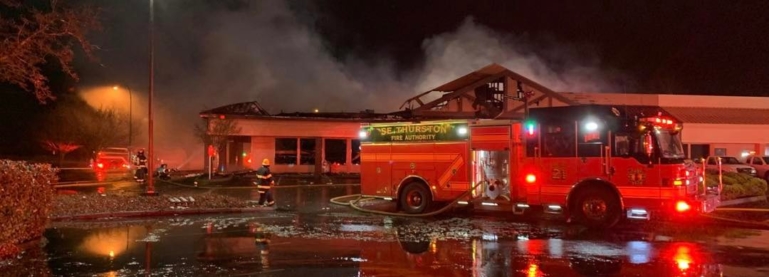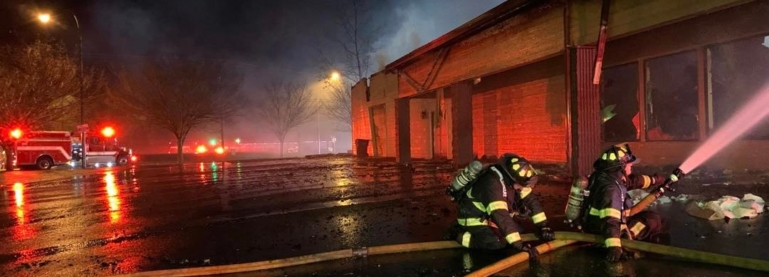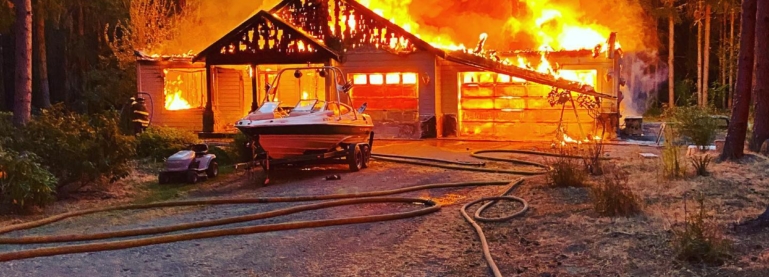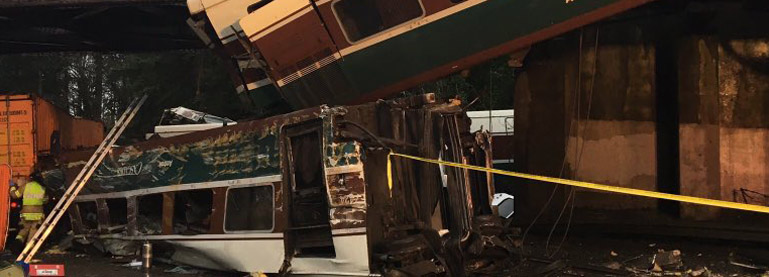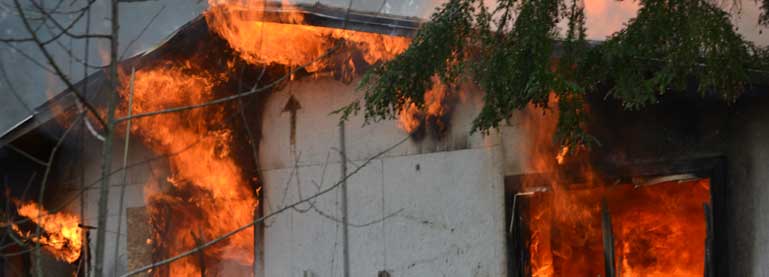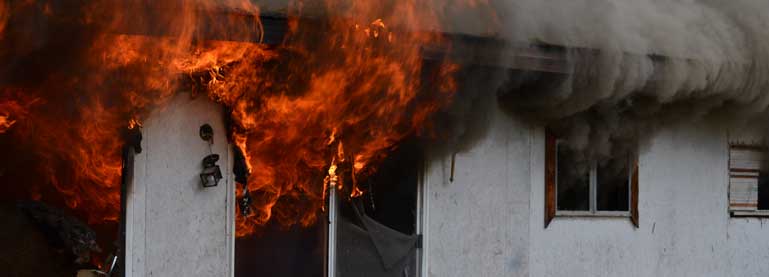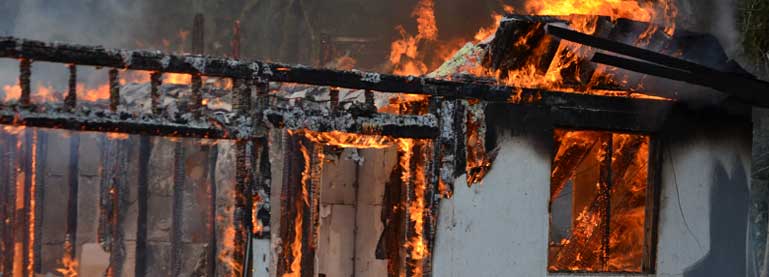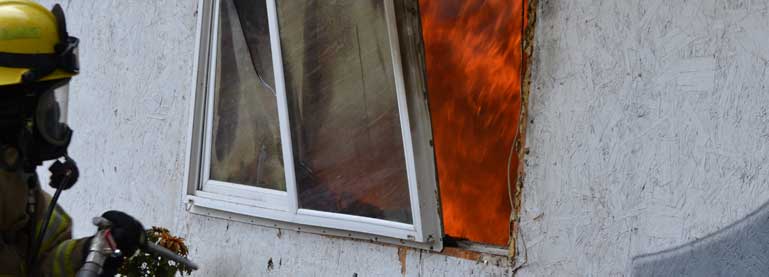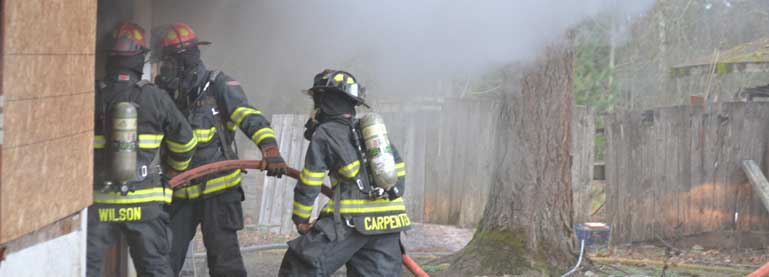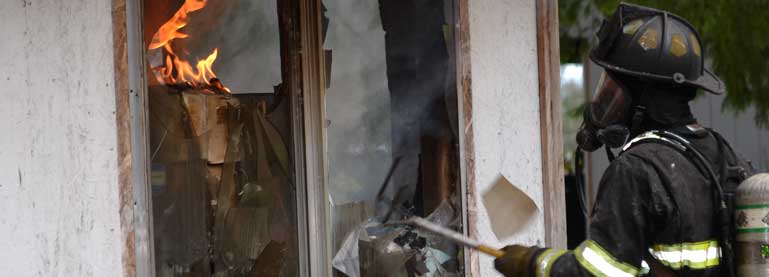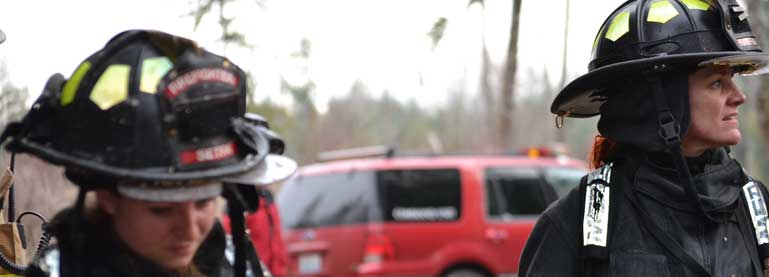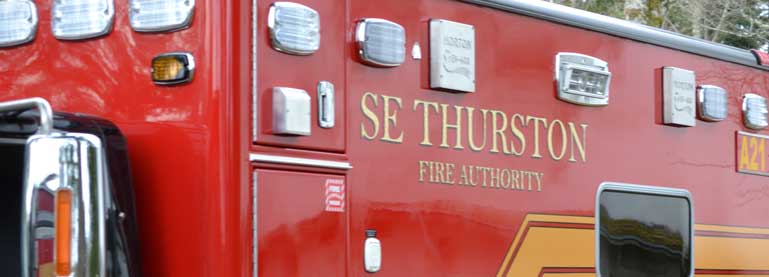The NHTSA just released a memo for July warning of the dangers of child heatstroke deaths. These deaths are 100 percent preventable. The danger is real and this summer is already warmer than usual. Read the full memo below. Click here to download full memo.
“The summer is heating up and NHTSA’s heatstroke prevention and awareness efforts are in full swing. This marks the fourth summer that NHTSA has spread awareness about the dangers of child heatstroke in hot cars, while urging parents and caregivers to think, “Where’s Baby? Look Before You Lock.” Since 1998, over 630 children in America have died from heatstroke. Over half, 53 percent to be exact, were forgotten in vehicles; 29 percent gained access by themselves and became trapped; and 17 percent were left intentionally by adults not fully aware of the dangers. Already, eight children this year and more than 30 children in 2014 lost their lives from heatstroke after adults left them in unattended vehicles.
“Heatstroke tragedies are 100-percent preventable, which is why we are looking for every opportunity to educate consumers on the importance of making sure that children are neither unintentionally locked in, nor able to gain access to (and become trapped in) unattended vehicles. We are asking our highway traffic safety partners to ramp up activities this summer to augment the national effort. NHTSA is offering tools to assist you in communicating with the public.
“Use the Latest Campaign Material
Everyone, whether they’re a parent, caregiver, or even a bystander, has a role in protecting children from heatstroke. That is why we’re encouraging our highway safety partners to familiarize themselves with the latest campaign material available in both English and Spanish.
“The 2015 campaign “Act Fast. Save a Life.” includes resources and tips on what bystanders should do if they see a young child locked in a parked car. Sixty-three percent of adults reported that they just assume that the parents will be right back. Bystanders could save a life by simply stopping to make sure that parents are quickly found or that the police are alerted when a child is in harm’s way. Get the new bystander material on our campaign marketing toolkit pages:
English: www.safercar.gov/parents/InandAroundtheCar/heat-involved.html
Spanish: www.safercar.gov/parents/InandAroundtheCar/hipertermia-involved.htm
“Have you engaged local daycare facilities, schools or youth organizations? We encourage our partners to establish and maintain strong, ongoing relationships with members of the community. NHTSA’s campaign marketing toolkit includes updated outreach material, such as sample news release templates, safety tips and fact sheets that are tailored to a particular audience. They can be invaluable in extending the reach of our safety messages. Check out the most current outreach material on our toolkit pages:
English: www.safercar.gov/parents/InandAroundtheCar/heat-involved.html
Spanish: www.safercar.gov/parents/InandAroundtheCar/hipertermia-involved.htm
“Use Social Media to Get the Word Out
NHTSA continues to use its social media communication channels to amplify heatstroke safety messaging because it has proven to be one of the quickest and most cost-efficient ways to promote prevention and awareness. Bystander-specific material is the newest resource available within the toolkit, but also included is material for parents and caregivers. Whether you’re looking for an infographic with car facts to post on Facebook, or a teddy bear reminder to share on Instagram, there are many assets for use on your social media channels: www.safercar.gov/parents/InandAroundtheCar/heat-involved.html
“Highway traffic safety partners can also use the hashtags #heatstrokekills, #checkforbaby and #noolvidesalbebe to start a social chat and share safety messages with States and other organizations. NHTSA will be utilizing these hashtags throughout the summer months. Suggested social media posts and other tools will be available on the Traffic Safety Marketing Web site www.trafficsafetymarketing.gov.
“Upcoming Opportunities for Your Calendar
National Heatstroke Prevention Day is coming up on Friday, July 31. NHTSA will be inviting safety advocates from across the country to participate in a day-long social media “Tweetup” conversation to raise awareness about the dangers of heatstroke for children. These messages and prevention tips will be posted on NHTSA’s social media channels and will utilize the @NHTSAgov Twitter handle and the #checkforbaby and #heatstrokekills hashtags. We are asking our partners and the public to do the same by tweeting and posting using these hashtags every hour starting at 7 a.m. We will also conduct a focused outreach to parent bloggers and ask for their support as we do every year.
“In 2014, NHTSA and its partners helped generate 6,000 tweets that reached 6.2 million accounts for a total of 27 million impressions on National Heatstroke Prevention Day. With your participation, we hope that our efforts will bring even greater success in spreading the word this year.
“NHTSA’s Ongoing Commitment
NHTSA is committed to improving safety on our Nation’s roadways. This year, the “Where’s Baby? Look Before You Lock.” campaign is being supported by a $1.3M paid media buy on the radio and Internet. The media campaign, launched in May, will run for 18 weeks through September. This media plan is intended to reach parents, grandparents and caregivers in warmer States. The U.S. Department of Transportation’s Secretary Foxx and NHTSA Administrator Rosekind are planning to participate in other media activities, such as radio and television interviews throughout the summer months. Bites and b-roll packages have also been filmed for distribution to top media markets. In addition, NHTSA is exploring opportunities to hold a national news press event to bring further awareness to child heatstroke. When media events are planned, our partners and safety advocates will be notified so they can plan their media outreach accordingly, keep this issue on the forefront, and keep the public informed.”

